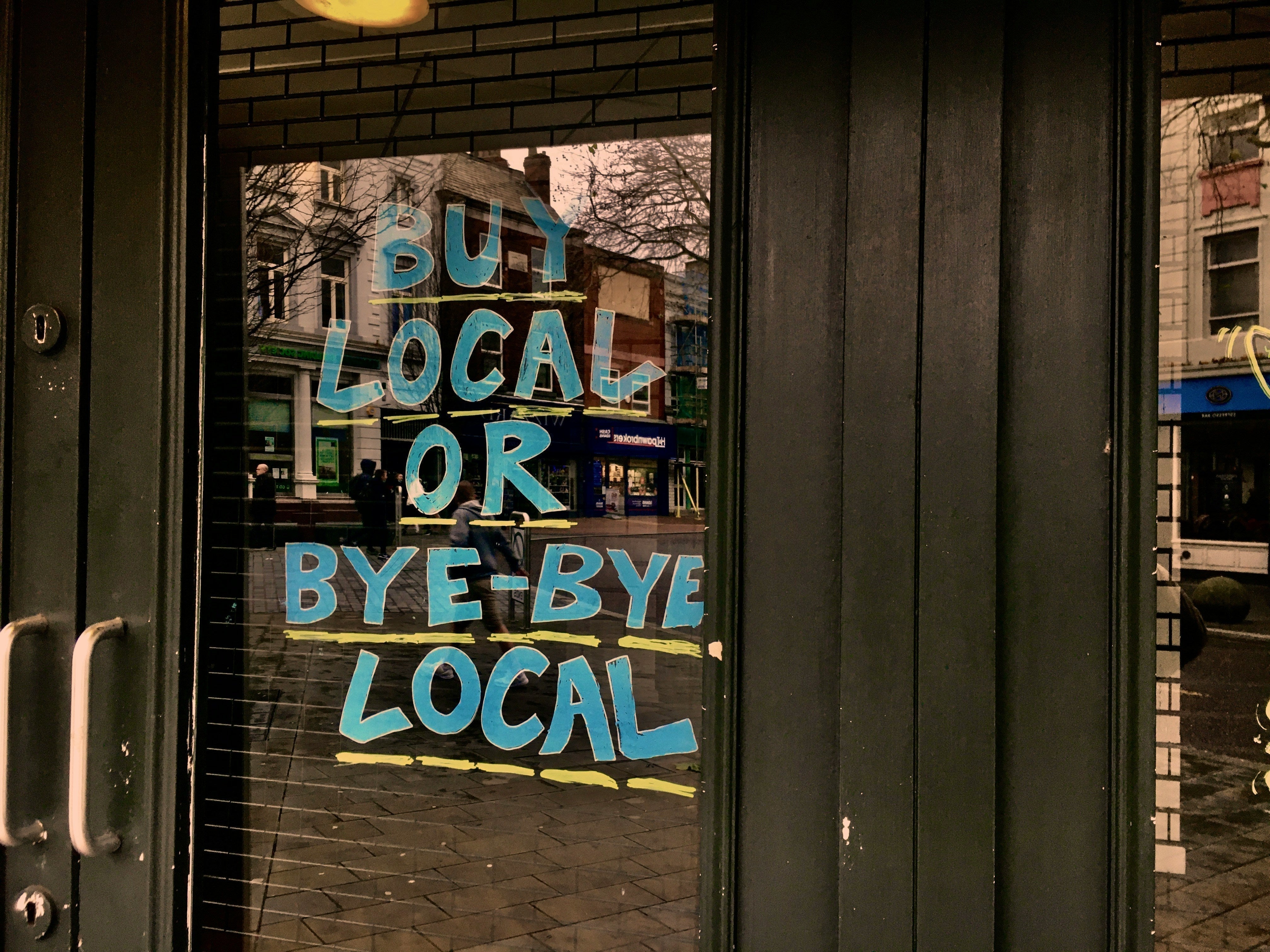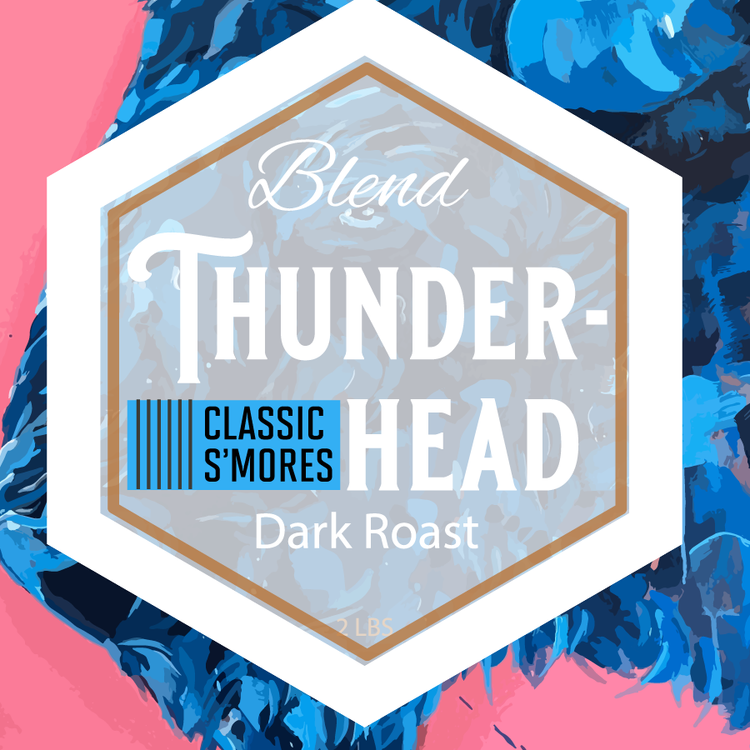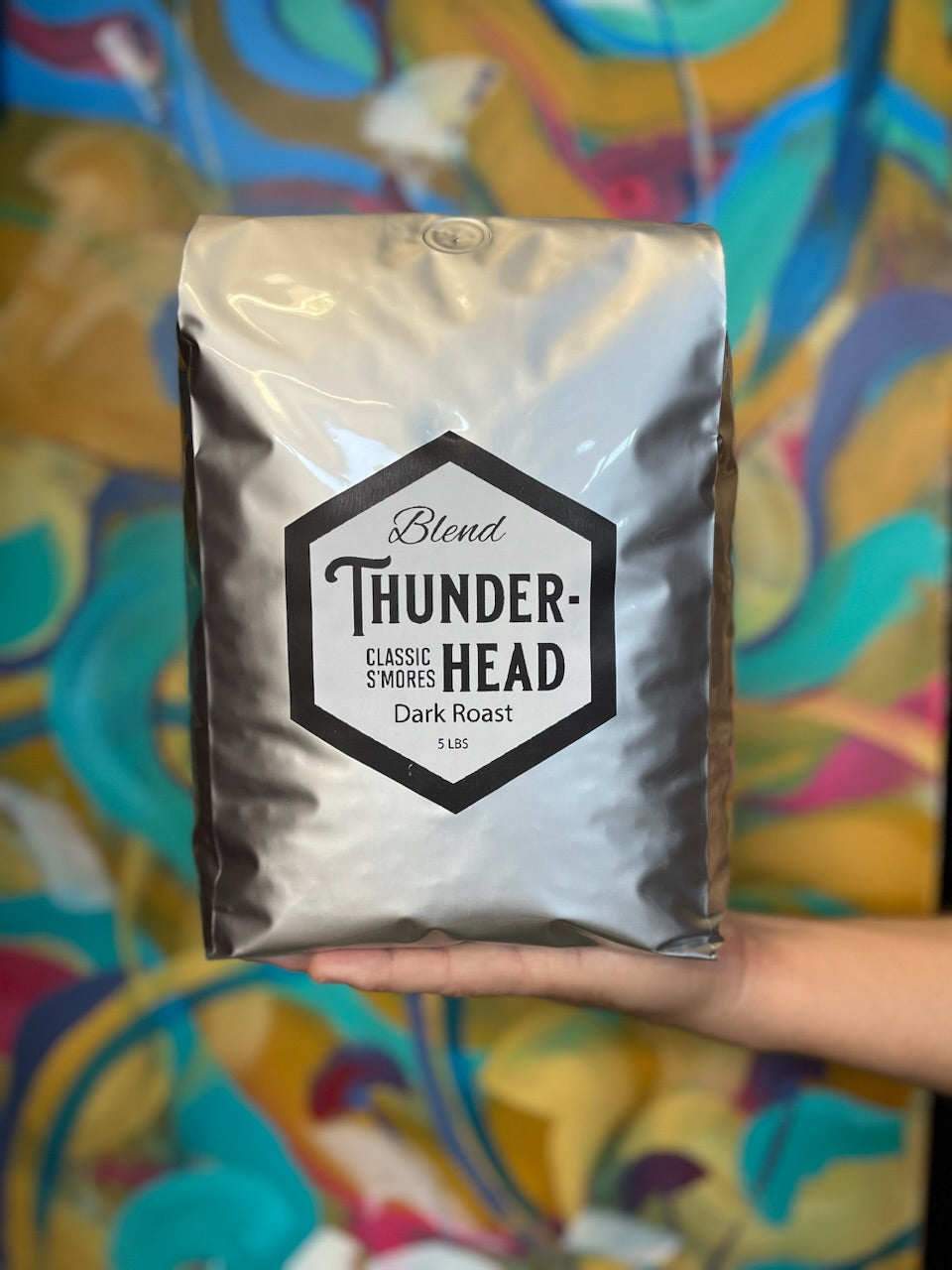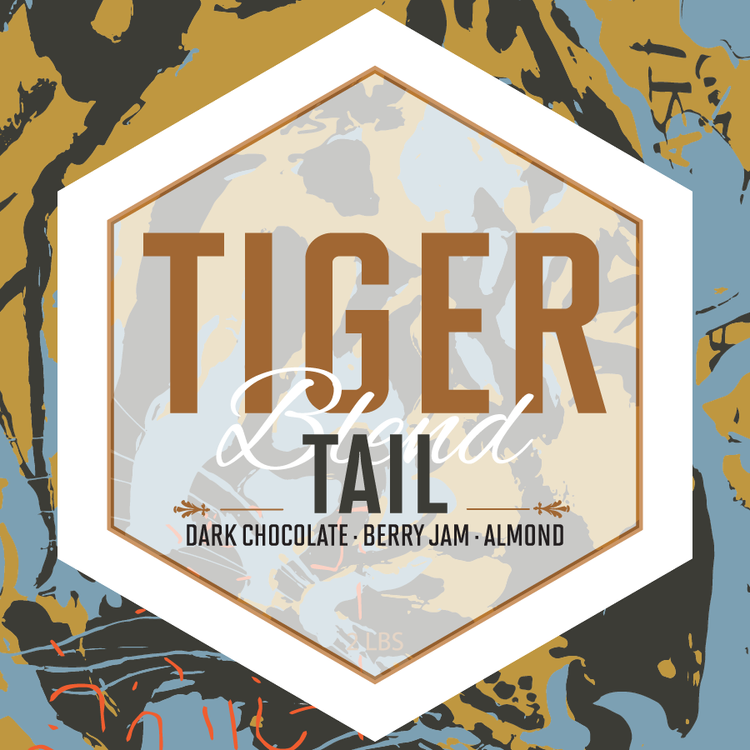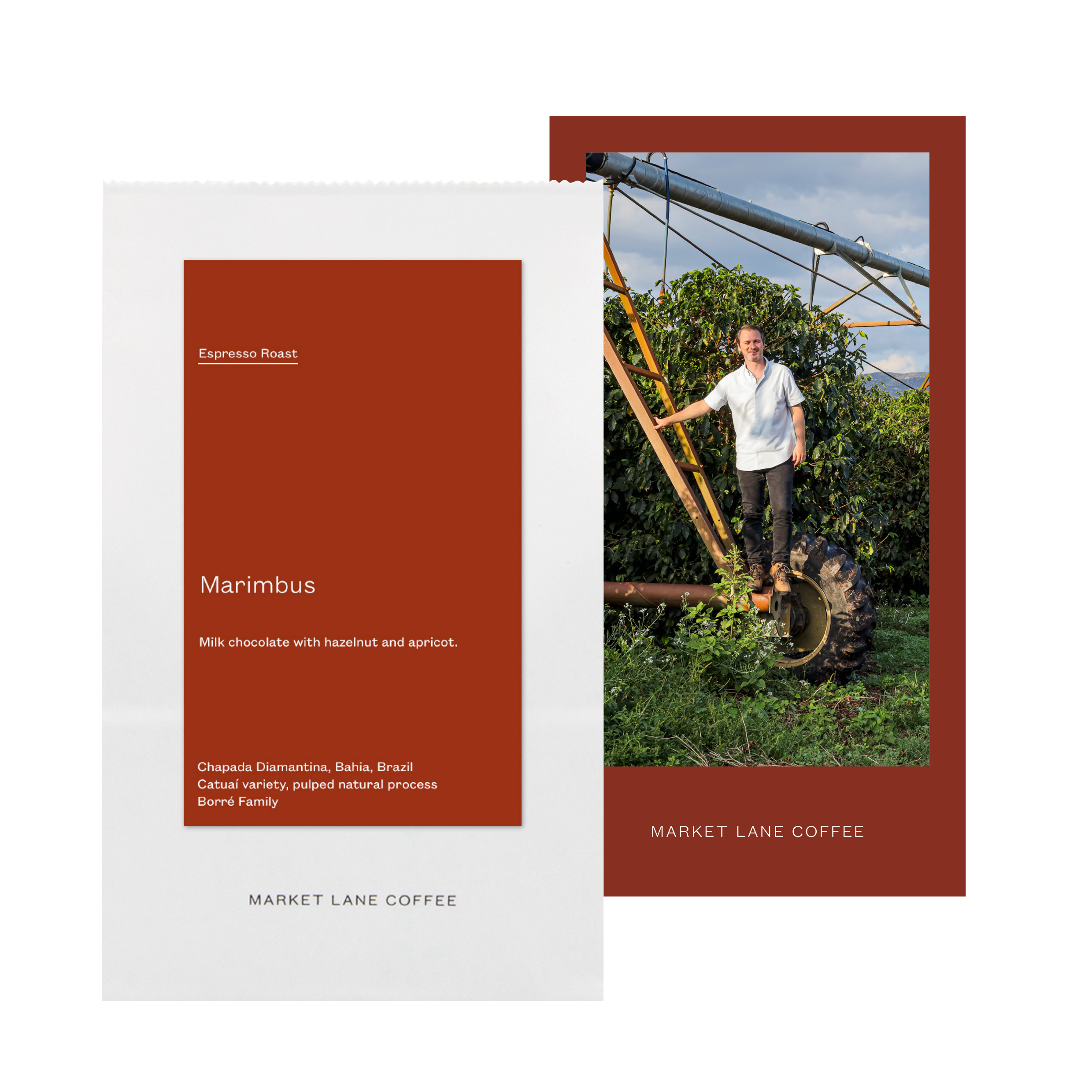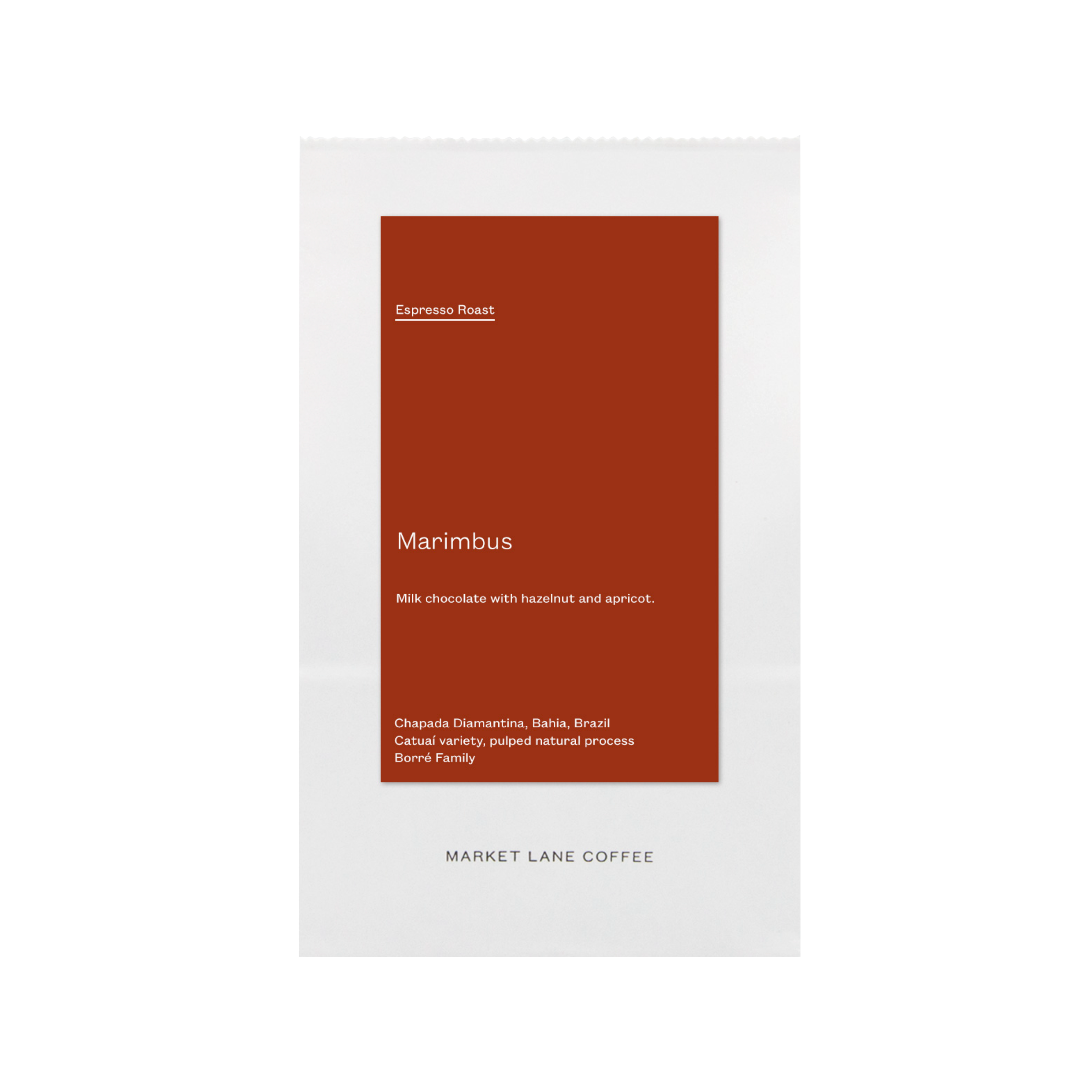America's Evolving Coffee Culture
Specialty Coffee and Starbucks
On a drizzly Tuesday morning in Seattle's Capitol Hill neighborhood, two coffee shops face each other across Pine Street like opposing chess pieces. On one side stands a Starbucks Reserve Bar with its polished wood and signature green accents. Across the street, Analog Coffee buzzes with customers as baristas meticulously prepare pour-overs using beans from a small-batch roaster in Portland.
This juxtaposition is emblematic of contemporary American coffee culture—a landscape defined by the tension between the world's largest coffee chain and a flourishing ecosystem of independent specialty cafés. What was once a simple beverage choice has evolved into something more complex: a statement about values, taste preferences, and identity.
"The relationship between specialty coffee and Starbucks isn't just about competing business models," explains Dr. Hannah Chen, professor of food anthropology at the University of Washington. "It's about competing visions of what coffee means in American culture."
The Evolution of Two Coffee Paradigms
To understand this divide requires tracking the parallel yet divergent histories of these two coffee movements.
Starbucks, founded in 1971 as a single store in Seattle's Pike Place Market, initially aligned with specialty coffee's early ideals—introducing Americans to darker roasts and Italian-inspired espresso drinks at a time when most consumers knew only canned, pre-ground supermarket coffee. Under Howard Schultz's leadership beginning in the 1980s, Starbucks pioneered what sociologists now call the "third place"—environments between home and work where people could gather, socialize, and linger.
"What Starbucks accomplished was revolutionary," notes Mark Pendergrast, author of "Uncommon Grounds: The History of Coffee and How It Transformed Our World." "They educated American consumers about coffee variety beyond instant crystals and created a national café culture where none had existed before."
As Starbucks expanded—growing from 425 stores in 1994 to over 34,000 locations worldwide today—its business model necessarily prioritized consistency, convenience, and scalability. This growth trajectory pushed the company toward standardized recipes, automated equipment, and centralized roasting facilities producing millions of pounds of beans annually.
Specialty coffee as we know it today emerged partly in response to this standardization. While its roots trace back to Peet's Coffee in Berkeley during the 1960s, the contemporary specialty movement gained momentum in the 2000s with what industry insiders call "third-wave coffee"—characterized by lighter roasts, single-origin beans, and meticulous brewing methods that highlight terroir and varietal characteristics.
"The specialty movement represents a return to coffee as an agricultural product rather than a commodity," explains Trish Rothgeb, who coined the term "third wave" and serves as director of Q and educational programs at the Coffee Quality Institute. "It's about preserving the unique qualities that make coffee from Ethiopia fundamentally different from coffee from Guatemala."
Bean Sourcing: Volume vs. Distinction
At the core of the distinction between these coffee paradigms lies their approach to sourcing—a difference that ripples through their entire supply chains.
Starbucks operates at remarkable scale, purchasing approximately 3% of the world's coffee beans annually—over 800 million pounds. Maintaining consistency across thousands of stores worldwide demands a highly structured approach to sourcing and blending.
"Starbucks faces challenges that specialty roasters simply don't," explains Miguel Rodriguez, former global coffee procurement specialist for large coffee brands. "When you're operating at that volume, you need to ensure that your signature blends taste identical whether a customer is in Tokyo, London, or Chicago. That requires sophisticated blending and precise roasting parameters."
The company's C.A.F.E. (Coffee and Farmer Equity) Practices program, established in 2004, aims to ensure ethically sourced beans through third-party verification of economic transparency, social responsibility, and environmental leadership. In 2020, Starbucks reported that 98.6% of its coffee was ethically sourced under these guidelines.
While these efforts have drawn praise, critics note the inevitable trade-offs that come with scale. "Mass-market coffee at Starbucks volumes necessitates blending beans from different origins to achieve consistency," notes Lucia Ortiz, a coffee industry consultant who has worked with both specialty roasters and large chains. "This approach masks the distinctive characteristics that make individual coffees unique."
Specialty coffee takes a radically different approach. Roasters like Counter Culture, Intelligentsia, and Stumptown pioneered direct trade relationships, working with individual farmers or small cooperatives and often paying significantly above commodity market prices for exceptional quality.
"When I source coffee, I'm looking for distinct sensory experiences—coffees that express their origin in vivid ways," explains Jenna Davidson, green coffee buyer for Verve Coffee Roasters. "That might mean visiting a farm in Colombia four times a year, working directly with producers on processing experiments, and committing to purchase their harvest at fixed prices regardless of market fluctuations."
This approach typically involves smaller volumes but higher premiums. While commodity coffee might sell for $1.20-$1.50 per pound on international markets, exceptional specialty lots can command $5-$12 per pound, with Cup of Excellence auction winners reaching $30 or more per pound.
The Science and Art of Flavor
The divergent approaches to roasting and brewing between Starbucks and specialty cafés reflect fundamentally different philosophies about coffee flavor.
Starbucks built its brand on dark roasts—a profile that produces pronounced bitterness, low acidity, and dominant roasty flavors. This approach creates a consistent, recognizable profile that pairs well with milk and flavorings. The company's signature drinks—Frappuccinos, flavored lattes, and seasonal offerings—leverage this strong baseline to carry other ingredients.
"Starbucks' approach is perfectly calibrated for their business model," explains Scott Rao, author of several influential books on coffee brewing and roasting. "Darker roasts mask bean imperfections, have longer shelf stability, and create a distinctive flavor profile that consumers can identify blind. That's a legitimate approach for a global brand focused on consistency."
Specialty coffee, by contrast, typically favors lighter to medium roasts that preserve the bean's intrinsic flavors—acidity, sweetness, and origin-specific characteristics. This approach reveals rather than masks the coffee's natural attributes.
"A properly developed light roast of an exceptional Ethiopian Yirgacheffe might taste like jasmine tea, bergamot, and stone fruit," explains Katie Carguilo, US Barista Champion and quality control specialist. "Those delicate flavors simply don't survive dark roasting."
The brewing methods differ accordingly. Starbucks pioneered automated equipment that delivers consistency across thousands of locations staffed by baristas with varying experience levels. Specialty cafés often employ more labor-intensive methods—pour-overs, carefully calibrated espresso machines, and precise measurement tools—that maximize extraction quality but require extensive training.
Research at the UC Davis Coffee Center has quantified some of these differences. In a 2019 study comparing extraction yields and chemical composition across brewing methods, researchers found that manual methods like the V60 pour-over could achieve higher extraction yields of desirable compounds than automated drip machines when properly executed.
Buy Dark Roast Specialty Coffee from Local Roaster
Economics of Scale vs. Craft
The pricing strategies of Starbucks and specialty cafés reflect their different cost structures and value propositions.
A standard 12oz latte at Starbucks costs approximately $4.45 in major metropolitan areas, while specialty cafés might charge $5-6 for a comparable drink. This price differential widens for brewed coffee—Starbucks charging around $2.45 for a 12oz cup versus $3.50-5.00 at many specialty shops.
"The pricing reflects fundamentally different business models," explains Dr. Jonathan Morris, author of "Coffee: A Global History." "Starbucks achieves profitability through operational efficiency, purchasing power, and diversified revenue streams including food, merchandise, and licensing. Specialty cafés typically operate on thinner margins, with higher costs for beans, labor, and training."
For consumers, the value equation extends beyond price. Starbucks delivers predictability, convenience through mobile ordering and drive-throughs, and a rewards program that incentivizes loyalty. A 2023 Technomic survey found that "convenience" and "consistency" ranked as the top factors driving regular Starbucks customers.
Specialty cafés counter with quality differentiation, educational experiences, and community connection. "Our customers aren't just paying for coffee," explains Diana Mnatsakanyan-Sapp, co-owner of Undercurrent Coffee in Charlotte, NC. "They're investing in a relationship with our café and our coffee producers, learning about sustainable agriculture, and experiencing something unique with each visit."
Sustainability: Corporate Scale vs. Boutique Impact
Both Starbucks and specialty coffee tout environmental commitments, though their approaches differ substantially.
Starbucks has leveraged its scale to implement broad sustainability initiatives. In 2020, the company announced ambitious 2030 targets including carbon-neutral green coffee and a 50% reduction in water usage in coffee processing. Its 2020 sustainability report documented the distribution of 100 million disease-resistant coffee trees to farmers and investment in renewable energy across 2,700 stores.
"Large corporations like Starbucks can drive systemic change through their purchasing power," notes Dr. Timothy Gardner, environmental scientist specializing in agricultural supply chains. "When they mandate practices across thousands of suppliers, the cumulative impact is significant."
Critics counter that Starbucks' sustainability claims must be viewed in context of its overall environmental footprint. With billions of disposable cups distributed annually—despite long-standing pledges to increase reusable cup usage—and water-intensive operations in thousands of locations, the company's absolute environmental impact remains substantial.
Specialty coffee approaches sustainability differently—often focusing on organic certification, regenerative agriculture, and preservation of heirloom varieties. Companies like Bird Rock Coffee Roasters, Counter Culture, and Sustainable Harvest emphasize biodiversity and ecosystem health in their sourcing practices.
"Many specialty roasters are implementing what's called the relationship coffee model," explains Vanessa Mukhebi, researcher at the Coffee Research Institute in Kenya. "By working closely with specific producer groups over many years and paying premium prices, they create economic conditions where farmers can invest in sustainable practices without endangering their livelihoods."
The Experience Economy
Perhaps nowhere is the contrast between these coffee paradigms more evident than in the consumer experience they create.
Starbucks pioneered the standardized café experience—a consistent "third place" between home and work featuring comfortable seating, complimentary Wi-Fi, and a predictable menu. This model revolutionized American coffee culture and has been widely replicated globally.
"Starbucks didn't just sell coffee; they sold belonging," explains sociologist Ray Oldenburg, who developed the "third place" concept. "They created spaces where people could gather without the formality of a restaurant or the social obligations of someone's home."
The Starbucks app—with over 31 million active users in the US alone—has further transformed the experience, allowing customers to order ahead, customize extensively, and accumulate rewards. The company has effectively leveraged digital innovation to enhance convenience while maintaining its community-focused brand identity.
Specialty cafés counter with an experience built around education, craft, and sensory exploration. Many employ counter service designs that showcase brewing, offer public cuppings (formal coffee tastings), and emphasize direct interaction between baristas and customers.
"We're not just selling a product; we're sharing knowledge and passion," explains James Hoffmann, World Barista Champion and co-founder of Square Mile Coffee Roasters. "When a barista can explain why that Kenyan coffee tastes like blackcurrant or how processing methods influence flavor, it transforms a transaction into a meaningful exchange."
Research supports the value of these different experiences. A 2022 consumer study by the Specialty Coffee Association found that regular specialty coffee consumers ranked "learning about coffee origins and production" and "experiencing new flavor profiles" above "convenience" as factors in their café choices. Conversely, Starbucks customers prioritized convenience, familiarity, and consistency.

Converging Futures?
As these coffee paradigms mature, interesting convergences have emerged. Starbucks has incorporated elements from specialty coffee through its Reserve Roastery concept—showcasing small-lot coffees, manual brewing methods, and educational experiences in flagship locations. Meanwhile, many successful specialty companies have scaled significantly, with brands like Blue Bottle (majority-owned by Nestlé), La Colombe, and Intelligentsia expanding nationwide.
"The binary opposition between Starbucks and specialty is oversimplified," argues Dr. Morris. "We're seeing a spectrum emerge with specialty chains adopting operational efficiencies from Starbucks while Starbucks selectively incorporates specialty practices where they enhance their premium positioning."
Digital innovation is another convergence point. While Starbucks pioneered mobile ordering, specialty cafés have embraced subscription services and direct-to-consumer e-commerce. Companies like Trade Coffee and Yes Plz have built successful models connecting consumers with specialty roasters through personalized subscriptions.
The COVID-19 pandemic accelerated these convergences, as cafés of all sizes were forced to innovate in off-premise service, digitization, and retail coffee sales. Many specialty cafés added drive-throughs and mobile ordering—previously the domain of chains—while Starbucks expanded its whole bean retail presence in grocery channels traditionally important to specialty brands.
The Consumer's Choice
For today's coffee consumer, the choice between Starbucks and specialty reflects more than flavor preferences—it represents a stance on values, community, and consumption patterns.
"Coffee has become a vehicle for personal expression," explains cultural anthropologist Dr. William Roseberry. "The café you choose and the coffee you drink communicate something about your identity, values, and place in society."
Research bears this out. A 2023 YouGov survey found that regular specialty coffee consumers were significantly more likely to identify as "food adventurous" and place higher importance on local business support and agricultural sustainability. Starbucks loyalists, meanwhile, valued familiarity, predictability, and the company's corporate social responsibility efforts.
As American coffee culture continues evolving, both models appear poised for continued success by serving different consumer needs. Starbucks reported record revenue of $32.2 billion in fiscal 2022, while specialty coffee collectively represents approximately 37% of coffee cups consumed in the United States according to the Specialty Coffee Association—a figure that has grown steadily despite premium pricing.
The true winner in this coffee dichotomy may be the American consumer, who now enjoys unprecedented choice. Whether seeking the comforting predictability of a Starbucks Pumpkin Spice Latte or the nuanced complexity of a single-origin pour-over, coffee drinkers benefit from innovations driven by this productive tension between mass appeal and artisanal distinction.
What began as a simple beverage choice has evolved into an ecosystem of options reflecting different priorities, values, and experiences—a daily ritual that reveals much about contemporary American consumption patterns and the complex interplay between global corporations and local craft producers.
Frequently Asked Questions
How does Starbucks define ethically sourced coffee compared to specialty coffee standards?
Starbucks primarily defines ethically sourced coffee through its C.A.F.E. Practices program, which evaluates suppliers based on economic transparency, social responsibility, and environmental leadership. This program uses third-party verification to assess compliance with standards covering fair pricing, labor practices, and environmental impacts. In specialty coffee, ethical sourcing often involves direct trade relationships where roasters work directly with producers, paying prices significantly above commodity markets (typically 50-300% higher) and maintaining long-term purchasing commitments. While Starbucks' program has impressive reach—covering 98.6% of their coffee in 2020—specialty coffee's approach typically features more intensive engagement with fewer producers and higher price premiums.
What are the key differences in roasting philosophies between Starbucks and specialty coffee?
Starbucks traditionally employs darker roast profiles that create pronounced roasty flavors, lower acidity, and greater body. This approach produces consistent flavor profiles that perform well with milk and flavoring additions, while masking bean inconsistencies and extending shelf life. Specialty coffee typically favors light to medium roast profiles designed to highlight the bean's intrinsic characteristics—including origin-specific flavors, complex acidity, and natural sweetness. These roasting philosophies reflect different priorities: Starbucks optimizes for consistency and recognition across thousands of locations, while specialty roasters emphasize the distinctive qualities of specific coffees. Recent sensory research has demonstrated that lighter roasts preserve more volatile aromatic compounds and organic acids that contribute to flavor complexity.
How do the business models of Starbucks and specialty cafés differ fundamentally?
Starbucks operates on a high-volume, efficiency-driven model with substantial economies of scale. The company achieves profitability through operational standardization, vertically integrated supply chains, diversified revenue streams (including food, merchandise, and licensing), and technology-enabled convenience. Specialty cafés typically operate on lower volume with higher margins per cup, focusing on quality differentiation, customer education, and community engagement. Their business models often involve higher costs for premium beans, extensive staff training, and quality-focused equipment. While Starbucks optimizes for accessibility and predictability, specialty cafés compete on uniqueness and perceived quality. These different approaches result in distinct operational priorities, from store design to customer interaction models.
What impact does the consumer's choice between Starbucks and specialty coffee have on coffee producers?
The choice between Starbucks and specialty coffee affects producers differently based on farm size, quality potential, and geographic location. Starbucks' volume requirements and standardization favor medium to large farms that can consistently deliver substantial quantities, while providing a stable market for producers who meet their sustainability criteria. Specialty coffee's quality-focused approach typically rewards exceptional coffees with significant price premiums, benefiting producers with ideal growing conditions or specialized processing capabilities. Research indicates that specialty direct trade relationships can deliver 50-200% higher prices to producers compared to conventional markets, though these benefits reach a smaller number of farmers. Neither model is inherently better for all producers; they create different opportunity structures within the global coffee market, serving different producer segments.
How are environmental sustainability approaches different between these coffee segments?
Starbucks approaches sustainability through corporate initiatives with broad reach—including commitments to carbon neutrality, water conservation, and ethical sourcing across their entire supply chain. Their scale enables substantial investment in climate-resilient coffee varieties, farmer support programs, and renewable energy implementation. Specialty coffee typically emphasizes biodiversity conservation, organic certification, and regenerative agriculture practices at the farm level, often working intensively with specific producer groups to implement sustainability improvements. While Starbucks can drive standardized sustainability practices across thousands of suppliers, specialty coffee's higher price points create economic conditions for farmers to invest in ecological practices that might otherwise be financially prohibitive. Both approaches contribute to sustainability goals but reflect different theories of change—Starbucks leveraging corporate scale for breadth of impact, and specialty coffee utilizing premium pricing to support depth of sustainable practices.

